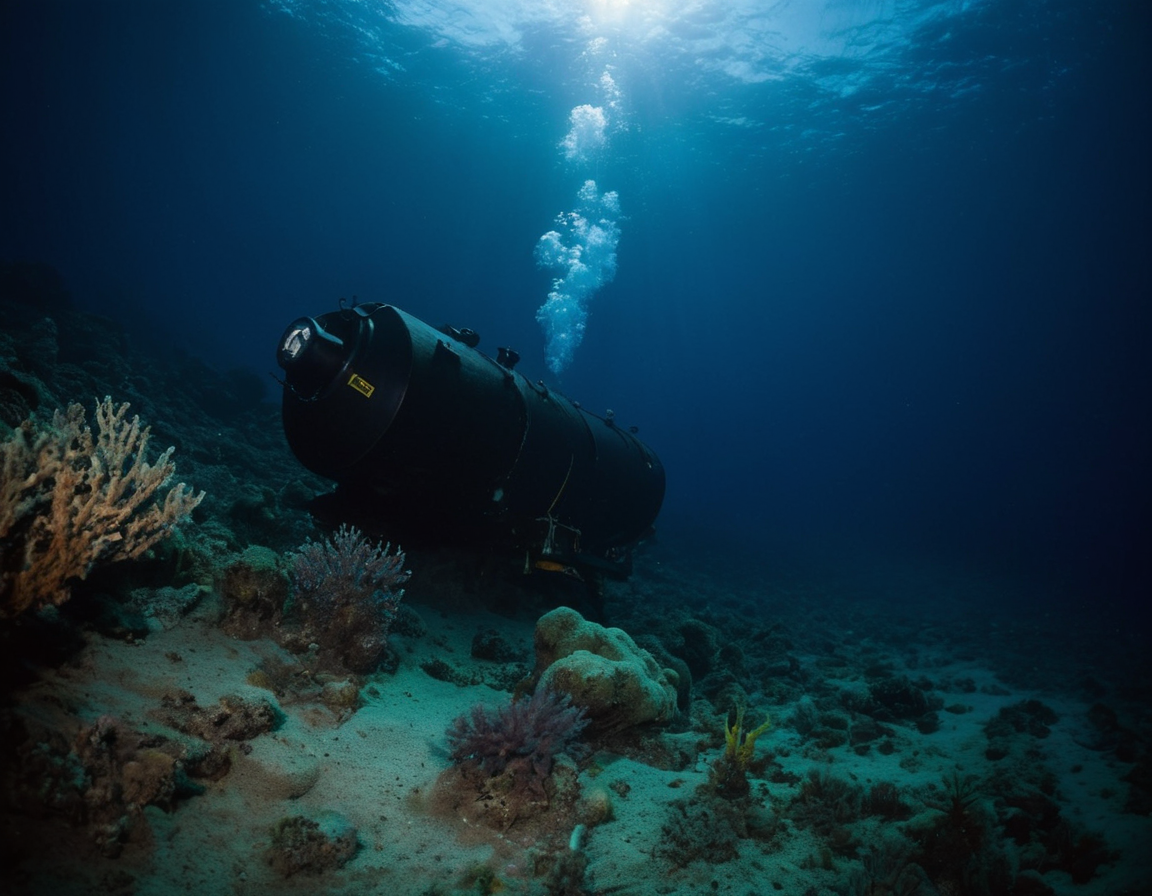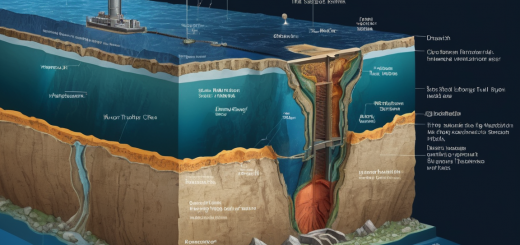Exploring the Hidden Depths of the Mariana Trench: Earth’s Final Frontier
Unveiling the Mysteries of Mariana Trench
The Mariana Trench is a name that echoes with mystery and the promise of unexplored depths. It’s an enigmatic part of our planet’s geology, holding records and a history that is both awe-inspiring and humbling. As the deepest part of the world’s oceans, the Mariana Trench stretches deeper into the Earth’s crust than Mount Everest rises above sea level, making it a place of extreme conditions and fascinating scientific study.
Historical Discoveries and Explorations
The first time humans ever laid eyes upon this profound depth was when the HMS Challenger recorded it in 1875. Since then, it has been a focus for explorers and scientists alike. In 1960, the Trieste, a manned submersible, made a historic dive to the Challenger Deep, the trench’s deepest point. This feat was later repeated in 2012 by filmmaker James Cameron, who added high-definition 3D images of the trench to our collective knowledge.
Geographical Mystery and Majesty
Located in the western Pacific Ocean, the Mariana Trench reaches depths of nearly 36,000 feet, with pressures over 1,000 times that of the surface. These pressures create a unique environment for studying high-pressure biology and geological processes. The trench’s geographical features are as mesmerizing as they are colossal. The great abyss is home to hydrothermal vents that support ecosystems operating independently from the sun, churning out microorganisms that defy everything we know about life on Earth.
Ecological Significance and the Life Within
The ecology of the Mariana Trench is both varied and undiscovered. Home to a diversity of life forms that challenge our understanding of biology, the trench hosts species ranging from the giant amphipod to the elusive snailfish, living amidst otherworldly geological formations. However, human impact hasn’t left this deep realm untouched. Researchers have found traces of pollution even here, highlighting the trench’s scientific importance and the urgency of protecting these last vestiges of untouched wilderness.
Technological Advances and Future Research
Today’s technology offers autonomous underwater vehicles and advanced submersibles equipped with scientific instruments, high-resolution cameras, and sample-collection devices. These tools are helping us to peer further into the trench’s depths, discovering new species and unlocking the secrets of Earth’s geological activity. With each expedition, humans inch closer to understanding not just the Mariana Trench, but the complex interplay of life and environment that exists in the most extreme conditions on our planet.
Into the Depths: A Call to Action
As we dive deeper and learn more about the Mariana Trench, it’s critical to recognize the necessity of conserving these ecosystems. They are libraries of life’s resilience and adaptability, and they may hold the keys to unlocking new scientific and medical breakthroughs. The Mariana Trench is more than a natural wonder—it’s a reminder of the vast, unexplored frontiers that lie beneath the waves, urging us to preserve and cherish the unknown.

Join the conversation and exploration of these untouched depths. What secrets do you think the Mariana Trench holds? Share your thoughts and stay tuned for the latest discoveries from the final frontier of our Earth’s oceans.






